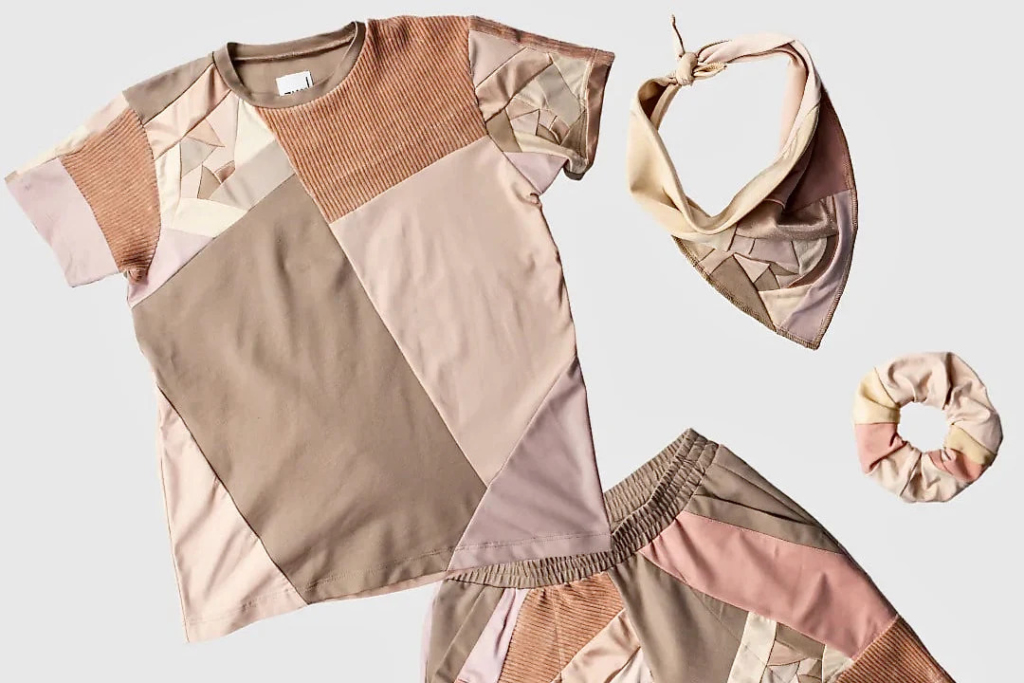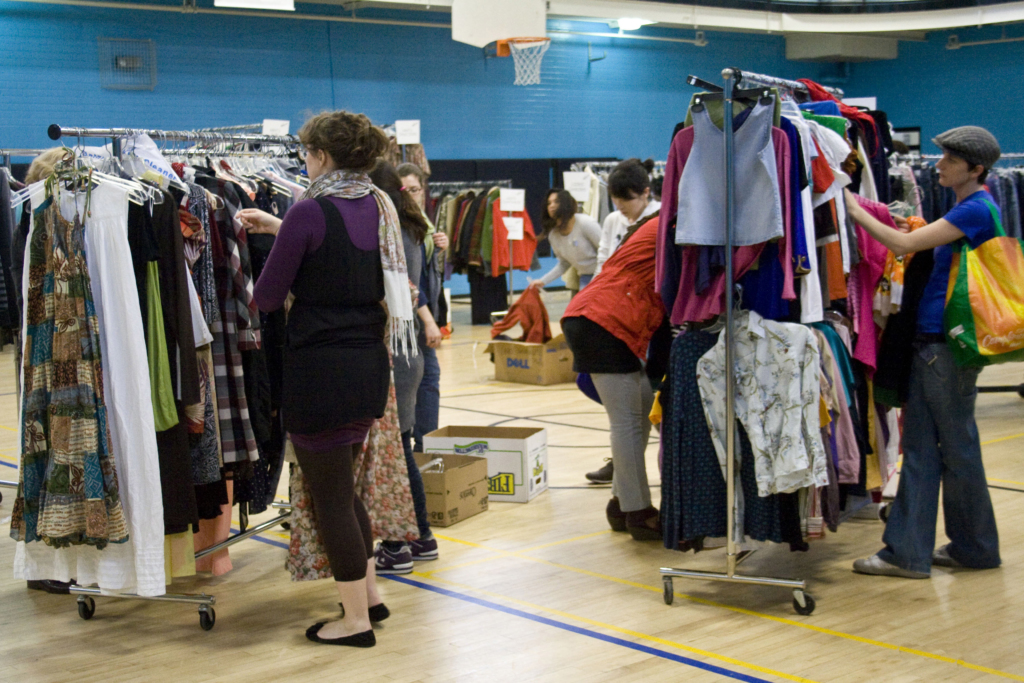From Waste to Wardrobe
In a world where fast fashion dominates the industry, the environmental impact of clothing and textile waste has become a pressing concern. However, there is a growing movement toward sustainable fashion, and one of the key pillars of this movement is the concept of reuse. By embracing clothing and textile reuse, we can reduce waste, conserve resources, and contribute to a more sustainable future. Let’s dive into the world of sustainable fashion and discover how we can make a positive impact through reuse.

Transforming Old Garments into New Treasures
Upcycling is the art of transforming old or discarded clothing items into new, unique pieces. Instead of letting outdated or worn-out garments gather dust in our closets, we can breathe new life into them by giving them a creative makeover. For example, a simple t-shirt can be repurposed into a trendy crop top or transformed into a reusable shopping bag. By cutting, sewing, and combining different pieces, we can create fashion-forward pieces that reflect our personal style while reducing waste. Upcycling not only extends the lifespan of clothing items but also allows us to showcase our creativity and individuality.
Swapping and Thrifting
This is a fantastic way to embrace clothing reuse while adding unique pieces to our wardrobes. Swapping events or platforms allow individuals to exchange their gently used clothing with others, giving each garment a chance to be loved by a new owner. These events can be organized among friends, in local communities, or through online platforms dedicated to clothing swaps. By participating in clothing swaps, you not only refresh your wardrobe without spending a dime but also foster a sense of community and promote sustainable consumption.

Similarly, thrifting involves shopping at secondhand stores or online marketplaces, where preloved clothing and textiles are available at affordable prices. When thrifting, you can discover hidden gems, including vintage pieces or designer items, that add a unique touch to your personal style. Thrifting not only allows you to save money but also supports a circular economy by extending the lifespan of garments and reducing the demand for new clothing production.
Textile Recycling
Textile recycling is an essential aspect of sustainable fashion that focuses on repurposing and reimagining textile waste. Instead of discarding textiles that are no longer usable, they can be recycled into new materials or products. For instance, old clothing can be shredded and transformed into recycled fibers, which can then be used to create new fabrics or fillings for pillows and cushions.
Textile recycling initiatives also include the collection and processing of textile scraps generated during the manufacturing process. These scraps can be sorted, shredded, and spun into yarn or repurposed into insulation materials for various industries. By investing in textile recycling, we contribute to a more circular and resource-efficient textile industry that minimizes waste and conserves valuable resources.
Renting and Borrowing
The rise of clothing rental platforms and borrowing initiatives has revolutionized the way we consume fashion. Instead of buying new outfits for every occasion, we can now rent or borrow garments for a specific period. This approach not only reduces the demand for new clothing production but also allows us to enjoy a variety of styles without the burden of ownership.
Renting and borrowing clothing promote reuse and contribute to a more sustainable and conscious fashion industry. Clothing rental services offer an extensive selection of garments for special events, such as weddings or parties, allowing you to wear a stunning outfit without the need for a permanent purchase. Borrowing initiatives, often facilitated through online platforms or local networks, enable individuals to lend and borrow clothing items among friends or community members. These initiatives foster a sense of connection and collaboration, encouraging a shared wardrobe mentality and reducing the need for excessive clothing consumption.
Conclusion
The clothing and textile industry has a significant environmental impact, but through the power of reuse, we can make a positive change. By upcycling old garments, embracing swapping and thrifting, supporting textile recycling initiatives, and participating in clothing rental and borrowing services, we can reduce waste, conserve resources, and promote a more sustainable and circular fashion system. Let’s reimagine the way we consume fashion and make conscious choices that have a lasting impact on the planet and our wardrobes. Together, we can shape a more sustainable future where reuse is the norm in the clothing and textile industry.


